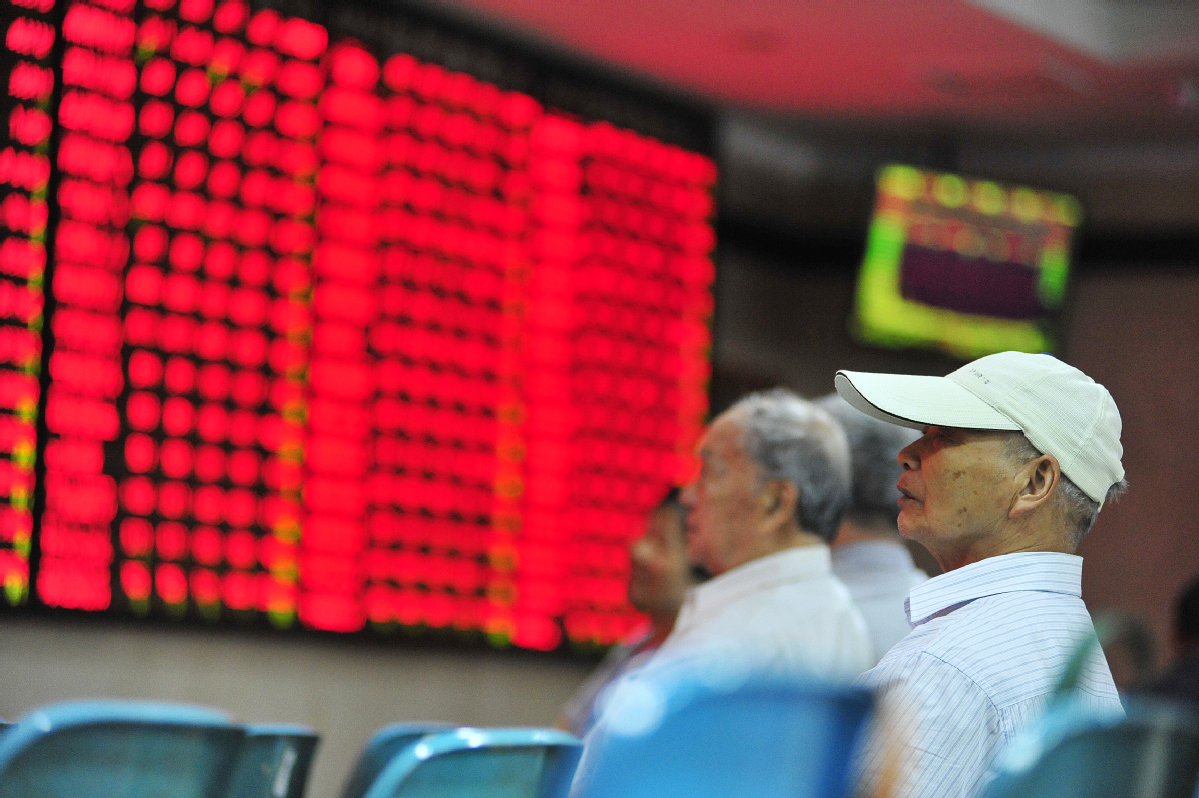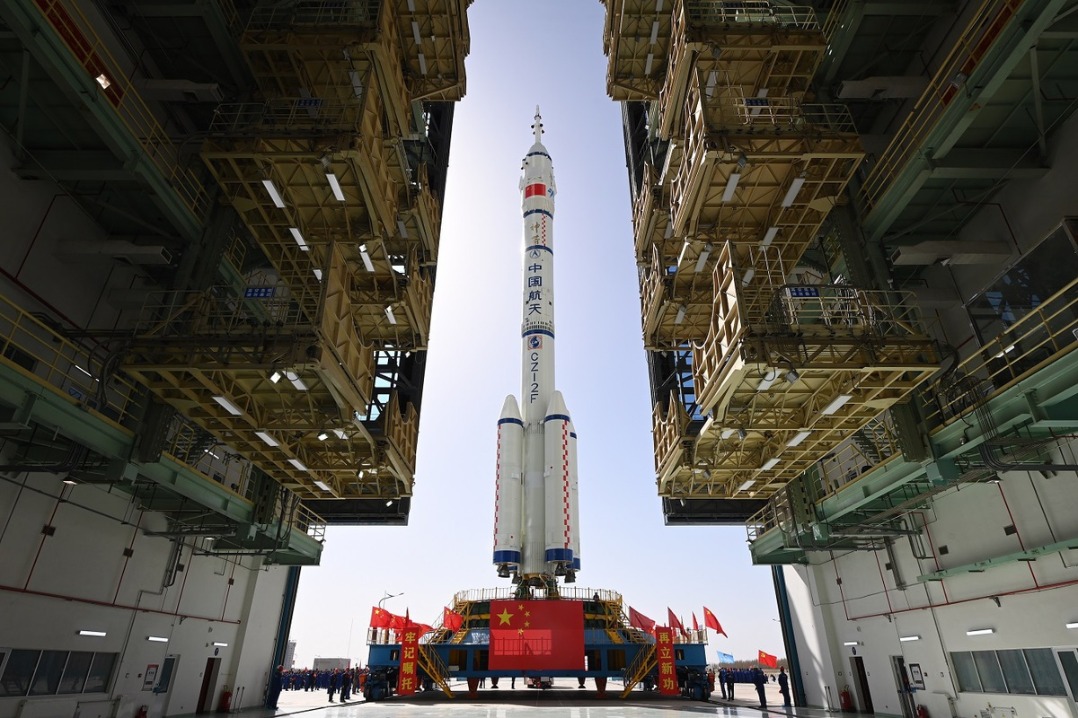PwC: Chinese TMT float momentum unscathed in first half
By Fan Feifei | China Daily | Updated: 2020-08-22 08:11

The novel coronavirus epidemic did not dampen the listing appetite of Chinese mainland technology, media and telecommunications companies during the first six months of this year, said a new report from global accounting firm PwC.
Chinese mainland TMT firms raised 97.2 billion yuan ($14 billion) from 55 initial public offerings in the first half of the year, a slight decline from the 74 listings seen in the second half of 2019.
The three largest TMT IPOs in the first half were those from JD, NetEase and China Resources Microelectronics. JD and NetEase filed for secondary listings in the Hong Kong bourse during the second quarter of the year and raised 27.5 billion yuan and 22.1 billion yuan respectively. China Resources Microelectronics, which was listed on the science and technology innovation board or the STAR Market, raised $4.3 billion yuan, the PwC report said.
The STAR Market was the most preferred listing venue for Chinese mainland TMT companies, with 38 percent of the firms choosing to list shares on it. Twenty-one enterprises raised about 25.2 billion yuan in financing from the STAR Market. Nearly 36 percent of the companies opted to list in Hong Kong and overseas bourses, while the Shenzhen Stock Exchange's ChiNext board saw five listings by TMT firms, or 10 percent of the total.
Charline Ni, technology leader for the Chinese mainland at PwC, said the flurry of secondary listings by Chinese mainland technology giants on the Hong Kong bourse will pave the way for more overseas-listed Chinese mainland companies to do the same, and in turn, boost Hong Kong's market value and appeal as a global IPO hub.
"Although the number of Chinese mainland TMT companies that went public in the US was not significantly affected by Sino-US friction in the first half of 2020, the global setbacks may cast an uncertain outlook for valuation and volume of issuances in the second half of the year."
Experts said a proposed legislation passed by the US Senate in May, requiring companies to certify that they are not owned or controlled by a foreign government, is estimated to spearhead a fresh wave of listing comebacks by Chinese mainland firms.
Ni said it is an inevitable trend that more and more Chinese mainland tech companies that are listed on overseas markets choose to return to Hong Kong and the STAR Market, the Nasdaq-style sci-tech innovation board, owing to further reforms and improvements in the domestic capital market.
The STAR listing rules have created new opportunities for companies that are incurring financial losses but have strong research and development capabilities, Ni said.
The PwC report said that there were 26 IPOs in the hardware and equipment sector, accounting for 47 percent of the total. The software and service sector saw 24 IPOs, accounting for 44 percent.
It also pointed out that as of June 30 this year, 116 enterprises were listed on the STAR Market, with 49 being TMT companies, with total proceeds reaching 60.2 billion yuan. Overall, the average price-earnings ratio of the 49 TMT enterprises was 106 times on the first day of listing, with the highest price-earnings ratio reaching nearly 399 times.
Emily Liu, assurance partner for the Chinese mainland at PwC, said the pilot program of registration-based floats at Shenzhen's ChiNext board was officially launched in June this year. This will further enhance the inclusiveness of the capital market for innovative and entrepreneurial enterprises, especially TMT enterprises, and further drive the development of the domestic capital market and other boards in the second half of this year.
Shen Meng, director of boutique investment bank Chanson & Co, said that after the secondary listings in Hong Kong, more Chinese mainland investors will be able to make investments and get dividends of listed enterprises through the stock connect programs between the mainland and Hong Kong.
"The uncertainties arising from the China-US trade friction have also led to the secondary listings of several Chinese mainland technology giants in Hong Kong," Shen said, adding that other US-listed small-to mid-cap companies may also consider returning to the A-share market.























